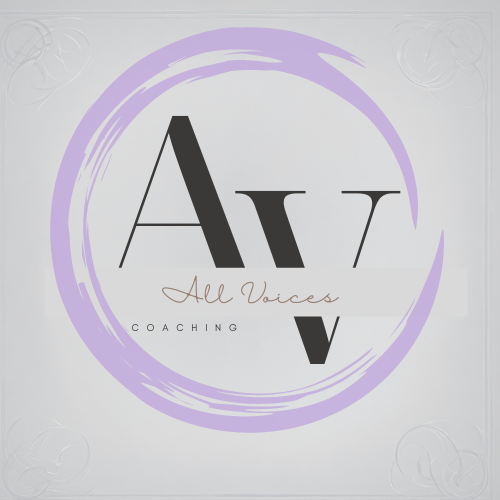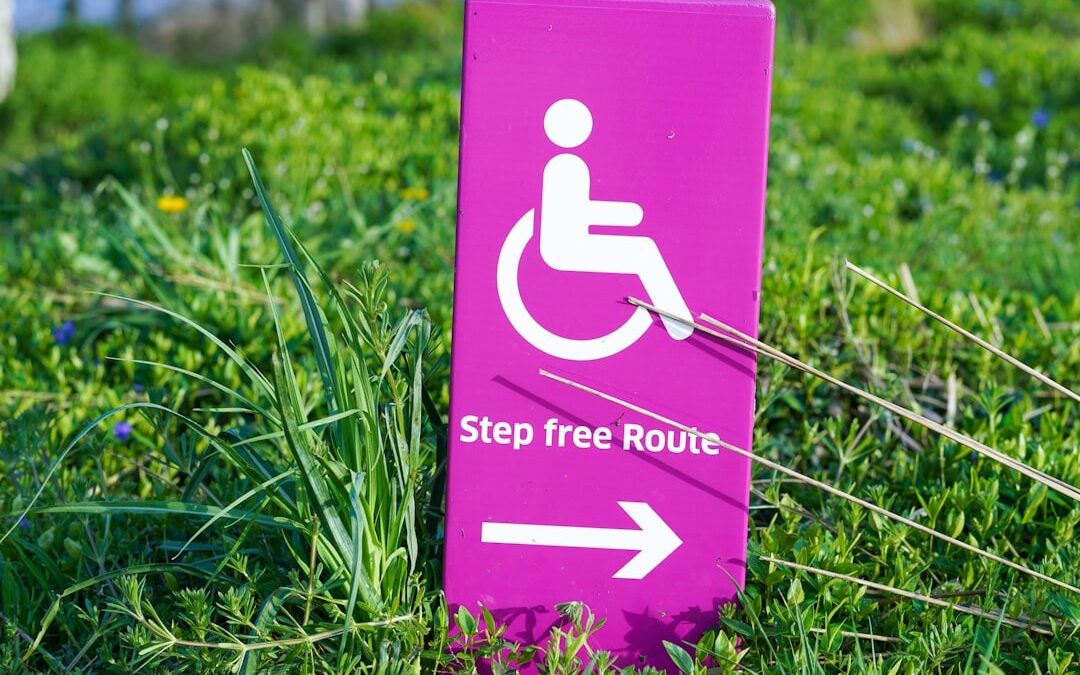(Part Three of the “Beyond the Buzzword” Series)
As political rhetoric intensifies and DEI programs disappear, one truth remains clear: removing diversity and inclusion means removing access. When organizations dismantle DEI frameworks, they don’t just halt culture change; they roll back the very systems that make work safe, navigable, and humane. Accessibility, both physical and psychological, is one of the first casualties. Without structures that prioritize equity and inclusion, barriers reemerge: employees with disabilities lose accommodations, marginalized voices lose pathways to belonging, and entire workplaces lose the ability to function with care.
Accessibility isn’t a separate issue; it’s the operational heartbeat of DEI. When we erase DEI, we don’t create neutrality; we create exclusion. And exclusion doesn’t just harm individuals, it destabilizes teams, limits innovation, and erodes trust across entire systems of work.
That’s why accessibility must move from the margins of compliance to the center of organizational design. It’s not a “nice-to-have,” and it’s not just about ramps or captions; it’s about how power, safety, and participation are structured within every aspect of business operations.
Why Accessibility Is the Backbone of DEI
When we talk about diversity, we often imagine representation: race, gender, identity. But diversity without access is performance. Accessibility ensures that inclusion is functional, not symbolic.
True equity asks:
- Who can participate fully?
- Who can contribute without harm or exhaustion?
- Whose comfort, language, and safety are prioritized in our policies and spaces?
If accessibility is missing, even the best-intentioned DEI efforts collapse under their own contradiction. Accessibility is what transforms inclusion from invitation into integration.
🪶 Accessibility is how equity shows up in motion — it’s the design of belonging.
The Ripple Effect: Why Designing for Access Protects People and Strengthens Systems
When DEI disappears, the loss is not abstract; it’s operational. Accessibility is what makes safety, belonging, and performance possible in the first place. Without it, people can’t participate fully, systems fracture, and organizations quietly lose the very talent and trust that sustain them.
Designing for accessibility isn’t just about compliance or fairness; it’s about protecting the human conditions that allow work to happen at all.
When we embed accessibility into every layer of design, we create structures that are not only inclusive but also resilient.
Here’s what accessibility-centered design makes possible:
- Psychological and physical safety: Clear communication, sensory-sensitive spaces, and equitable policies reduce harm, burnout, and anxiety, making workplaces safer for everyone.
- Operational sustainability: Designing with multiple ways of working and learning in mind helps organizations weather turnover, crisis, and change without losing coherence.
- Innovation and adaptability: When systems are built for a wide range of users, creativity flourishes. Constraints become design opportunities.
- Expanded reach and reputation: Accessibility builds credibility, signaling that inclusion isn’t a slogan, it’s a structure. Customers, partners, and funders recognize integrity when they see it.
When you design for those who are most often excluded, you safeguard the conditions for everyone else to thrive. Accessibility is not a niche concern; it’s a measure of whether your organization can function with care.
✨ Accessibility is the architecture of safety. Without it, equity collapses — and with it, the trust that makes organizations work.n thrive.
How to Design for Accessibility
Accessibility isn’t a checklist; it’s a mindset. Here are the essentials for embedding it into your organization’s DNA:
1. Use Inclusive Language
Words shape belonging. Avoid ableist or exclusionary phrases like “wheelchair-bound,” “crazy,” or “normal.”
Instead, use person-first or identity-affirming language, such as “person who uses a wheelchair” or “neurodivergent team member.”
2. Design Information for Everyone
- Add alt text to images and ensure color contrast for text readability.
- Use captions, transcripts, and descriptive audio for videos and presentations.
- Test your website with screen readers and keyboard-only navigation.
Accessibility statements aren’t just for compliance; they’re public commitments to care.
3. Build Access Into Policy and Practice
Equity doesn’t thrive on good intentions; it thrives on policy.
- Create clear accommodation procedures for staff and participants.
- Budget for accessibility features in every event, program, or publication.
- Train teams in disability etiquette and universal design principles.
4. Involve People with Lived Experience
Nothing about us without us. Invite feedback from staff, clients, and community members with disabilities. Pay them for their expertise.
Accessibility isn’t about perfection; it’s about partnership.
From Compliance to Culture
Accessibility must evolve from a technical checkbox to a cultural value, something woven through how we plan, hire, communicate, and lead. Compliance ensures legality; culture ensures belonging.
When organizations treat accessibility as an obligation, they do the minimum to avoid risk. When they treat it as culture, they redesign the system itself:
- Meetings include multiple ways to contribute.
- Policies are written in plain, inclusive language.
- Feedback channels are open and safe.
- Technology and environments are built for flexibility and care.
This shift transforms the workplace from a site of endurance into a site of engagement. It’s not about lowering standards — it’s about raising awareness of what true excellence requires: access.
🪶 When accessibility becomes culture, equity becomes instinct, not initiative.
In Closing: Accessibility Is the Future of Work
Accessibility is the connective tissue that holds DEI together. It’s what ensures that diversity isn’t symbolic, that equity is actionable, and that inclusion is sustainable. Without it, safety erodes — and so does innovation, trust, and community.
As DEI programs are dismantled under political pressure, we must remember this: accessibility is the last line of defense between justice and regression. It determines whether people can show up safely, lead authentically, and remain in the workforce at all.
Building accessible systems isn’t just the right thing to do — it’s how we future-proof our organizations. Access-centered design creates environments that adapt, include, and endure. It is not charity. It is strategy.
If your organization is ready to redesign its systems for access and belonging, All Voices Coaching can help you move from intention to implementation. Because the future of work is not simply diverse — it’s accessible.
✨ Accessibility isn’t the afterthought of DEI; it’s the proof that we meant what we said.

